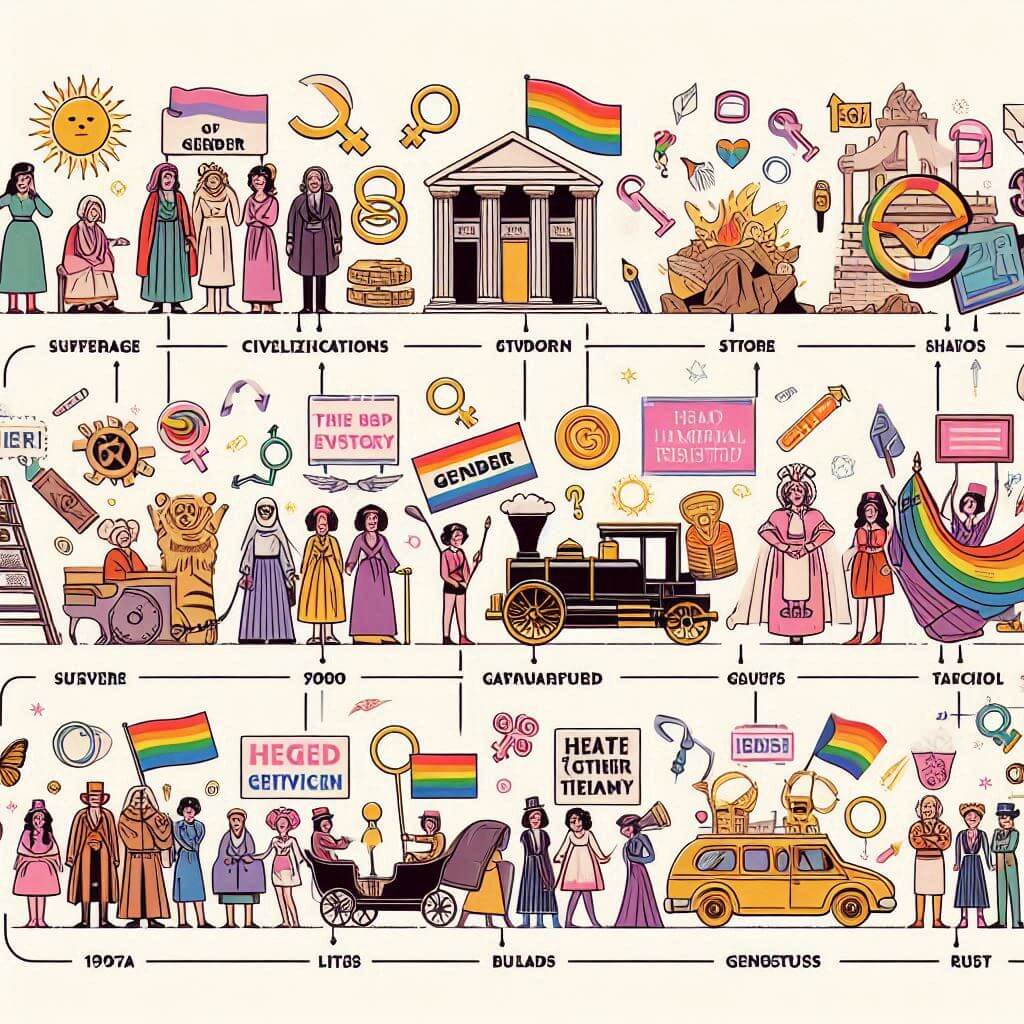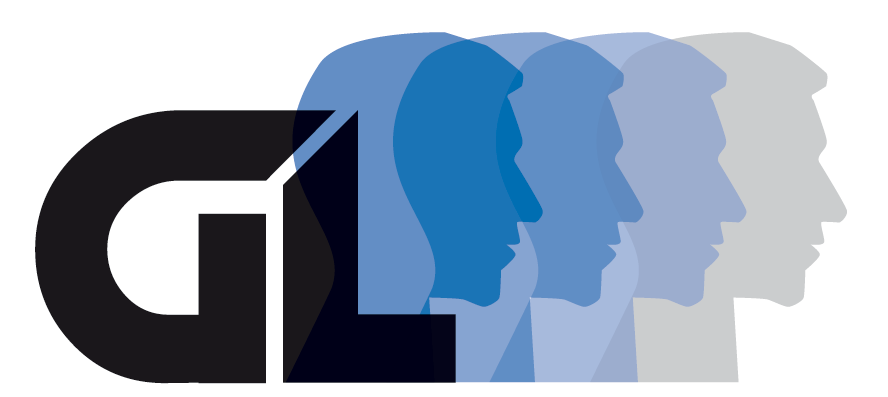In today’s increasingly diverse society, conversations around gender are becoming more common. While awareness of different gender identities is growing, there is often confusion as to when to distinguish between gender expression and gender identity. Both play a crucial role in how people experience and define their place in the world, but they relate to different aspects of a person’s overall identity.
Defining Gender Identity
Gender identity is an internal, deep-seated sense of one’s gender, whether male, female, or a combination of both, neither, or any other identity. Unlike sex assigned at birth, which is usually based on the physical anatomy observed at birth, gender identity is a personal and internal awareness that may not conform to society’s expectations based on physical characteristics. This aspect of identity is, for many people, an internal understanding of self that exists from an early age. For others, this awareness or self-recognition may develop and become clearer over time.
 The development of gender identity is a complex process influenced by the interaction of genetic, hormonal, environmental, and social factors. Biologically, scientists suggest that factors such as genetics and prenatal hormone levels may play a role in shaping a person’s gender identity, although the exact mechanisms remain largely unclear. Psychologically, gender identity is formed through the combination of an individual’s innate dispositions and experiences with the environment, including the attitudes, beliefs, and norms about gender that they encounter.
The development of gender identity is a complex process influenced by the interaction of genetic, hormonal, environmental, and social factors. Biologically, scientists suggest that factors such as genetics and prenatal hormone levels may play a role in shaping a person’s gender identity, although the exact mechanisms remain largely unclear. Psychologically, gender identity is formed through the combination of an individual’s innate dispositions and experiences with the environment, including the attitudes, beliefs, and norms about gender that they encounter.
Gender identity can significantly affect a person’s life by influencing their interactions, experiences, expectations, and the type of discrimination or acceptance they may face. For example, a person who internally identifies as a gender other than their assigned gender at birth often experiences a conflict known as gender dysphoria. This term describes the psychological distress that results from a disconnect between a person’s gender identity and their physical or ascribed attributes. Overcoming gender dysphoria often involves taking steps to make a person’s physical appearance and social role more consistent with their gender identity, through interventions such as hormone therapy, surgery, or changes to identity documents.
Recognizing a person’s gender identity through the use of their chosen name and pronouns is critical to respecting their humanity and individuality. It is an affirmation of their reality and the essence of who they think they are, beyond mere physical characteristics or societal labels. In clinical, educational, and work settings, recognizing and supporting a person’s self-identified gender contributes to a healthy mental state and a society that is inclusive and respectful of diversity. This recognition not only helps people feel recognized but also contributes to a wider social environment where differences in gender identity are respected rather than stigmatized.
Studying Gender Expression
Gender expression refers to how a person outwardly displays their gender identity, encompassing a wide range of physical attributes and behaviors such as clothing choices, hairstyles, body language, vocal inversion, and social interactions. It is a visible and external manifestation by which people communicate their gender to the world around them. Unlike gender identity, which is an internal sense of self, gender expression is external and perceived by others.
A key aspect of gender expression is its variability; it is dynamic and can change over time, sometimes daily, depending on personal feelings, social context, and security considerations. For example, a person may choose to express their gender differently in a supportive home environment compared to a public setting where they may face discrimination or hostility.
Fashion and personal style play an important role in gender expression. Clothing and accessories can be powerful tools through which people communicate their gender identity or challenge traditional gender norms. For example, wearing a dress may be traditionally associated with femininity in many cultures, but if someone who identifies as male wears a dress, they are defying conventional norms and expressing the gender identity and role that feels most authentic to them.
Gender expression is not only about individual choice; it is also shaped by cultural, social, and historical contexts. Different cultures may have different expectations and norms about how gender should express itself. This diverse landscape of expression can influence how people feel about their gender identity and how safely they can express it.
Additionally, gender expression can act as a form of resistance to rigid gender binaries and stereotypes. It can be a statement about one’s identity, defiance, or solidarity with the community. For example, the terms “genderqueer” or “nonbinary” often intentionally mix elements traditionally considered masculine and feminine to present an identity that rejects conventional gender categories.
Freedom of gender expression can be limited by societal approval and the risk of discrimination. Individuals negotiating their gender expression in less accepting environments can face significant challenges, including social ostracism, discrimination at work, or even physical threats, underscoring the importance of advocacy for greater understanding and acceptance of diverse gender expressions.
Navigating Between Differences
The differences between gender identity and gender expression are key to understanding the nuances of how people experience and communicate their gender. Gender identity has to do with who a person is inside – a deep sense of being male, female, a mix of both, or neither – which does not necessarily coincide with the sex assigned at birth. In contrast, gender expression involves how a person outwardly displays their gender through actions, clothing, and behavior that can be observed by others.
Understanding these differences is critical for several reasons, primarily because it increases our capacity for compassion and inclusiveness. For example, while it may be assumed that men’s clothing style corresponds to a male gender identity, this is not always the case. A person may identify as a woman but choose expressions that are traditionally considered masculine. It can be a personal style preference, a way to challenge societal norms or a way to feel more in line with your inner gender identity.
Navigating these differences helps avoid assumptions and stereotypes that can lead to discrimination and exclusion. Misunderstandings between gender identity and gender expression often lead to misgendering—referring to someone using words and pronouns that misrepresent their gender identity—which can have serious negative psychological consequences.
A clear understanding and respect for the difference between gender identity and expression are fundamental to educational institutions, workplaces, and healthcare settings. Policies and training in these areas can be developed to ensure inclusive practices that take into account gender diversity. For example, using inclusive language in forms, in dialogue, and interactions respects and acknowledges the different ways in which people identify and express their gender. In addition, dress codes and conduct policies should be flexible enough to accommodate individual needs related to gender expression without imposing restrictive norms that align with binary gender expectations.
Another important aspect of overcoming these differences is supporting legal and social recognition of diverse gender identities and expressions. Legal recognition through documents and gender-specific rights can significantly affect a person’s quality of life and ability to move safely and comfortably through public spaces and institutions.
